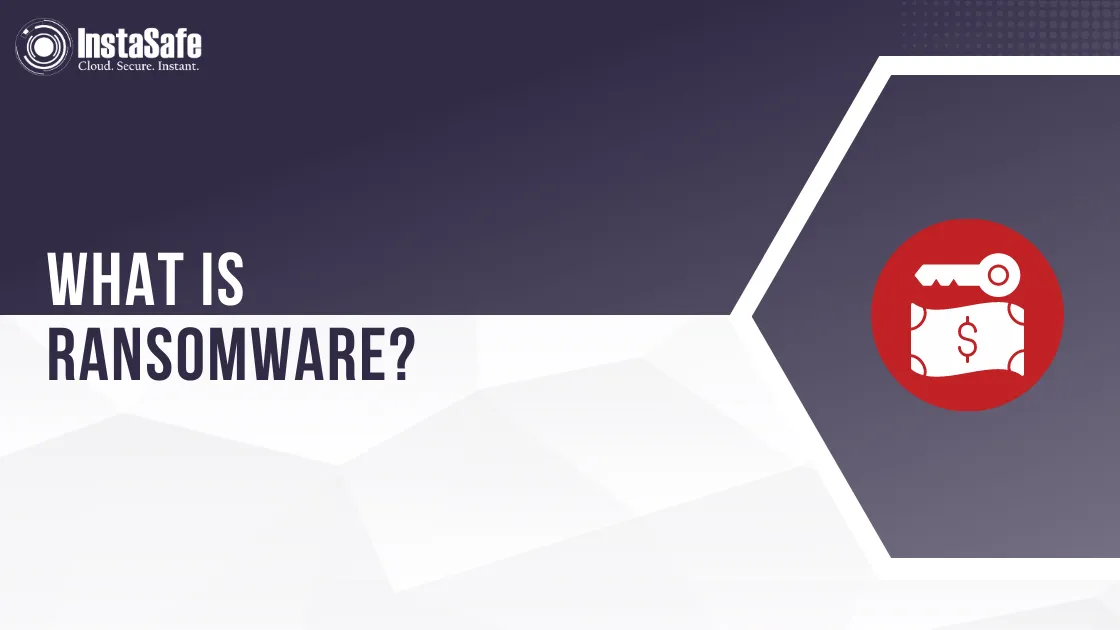What Are Ransomware Attacks?

Ransomware attacks are one of the most common and dangerous cyber pitfalls that associations and individualities face at the moment. In a ransomware attack, hackers use vicious software to cipher the victim's lines or entire computer system, effectively locking them out of their own data. The bushwhackers also demand a rescue payment in exchange for the decryption key, which will restore access to the data. In this blog, we will bandy what ransomware attacks are, how they work, and what you can do to cover yourself from these types of attacks.
What's Ransomware?
Ransomware is a type of malware that's designed to cipher the victim's lines or computer system, rendering it unworkable. The thing of the attack is to demand a rescue payment in exchange for the decryption key, which will unleash the victim's data. The bushwhackers generally demand payment in cryptocurrency similar as Bitcoin, which is delicate to trace and provides obscurity to the bushwhackers. Ransomware attacks can be delivered through a variety of styles, including dispatch attachments, vicious websites, and software vulnerabilities. The attack can be targeted at individualities or associations, and the rescue demand can range from a many hundred bones to millions of bones.
How Do Ransomware Attacks Work?
Ransomware attacks generally follow a analogous pattern. First, the bushwhacker earnings access to the victim's computer or network through a vulnerability or by tricking the victim into downloading a vicious train. Once inside the system, the bushwhacker will begin cracking the victim's lines or entire computer system, making them inapproachable. The bushwhacker will also demand a rescue payment in exchange for the decryption key. The rescue demand is generally made through a communication displayed on the victim's computer screen, or through an dispatch or other communication. The bushwhackers will frequently give a deadline for the payment, and hang to cancel the victim's data or increase the rescue quantum if the demand isn't met. In numerous cases, indeed if the rescue is paid, there's no guarantee that the bushwhackers will give the decryption key or that it'll work duly. Some victims have reported paying the rescue, only to find that their data is still inapproachable.
How Can You cover Yourself from Ransomware Attacks?
There are several way you can take to cover yourself from ransomware attacks. These are some of the most important
Keep your software up to date: Make sure you're using the rearmost performances of all software on your computer, including operating systems, web cybersurfers, and security software. numerous ransomware attacks exploit known vulnerabilities in outdated software.
Use strong watchwords: Use strong, unique watchwords for all accounts and change them regularly. Avoid using the same word for multiple accounts.
Be conservative with dispatch attachments: Don't open dispatch attachments from unknown senders or click on links in emails that you aren't awaiting. These may be phishing emails or contain malware.
Backup your data: Regularly back up your data to an external hard drive or pall storehouse service. This will help you recover your data in the event of a ransomware attack.
Use anti-malware software: Install estimable anti-malware software on your computer and keep it up to date. This can help descry and remove malware before it can do any detriment. Educate yourself and your workers
Awareness: Educate yourself and your workers about the pitfalls of ransomware attacks and how to avoid them. This includes feting phishing emails and being conservative when downloading lines from the internet.
Conclusion
Ransomware attacks are a serious and growing trouble to individualities and associations. These attacks can beget significant fiscal and reputational damage, and can be delicate to recover from.
Key Products
Zero Trust Application Access | Zero Trust Network Access | Multi Factor Authentication | IAM Identity And Access Management | Secure Enterprise Browser
Key Features
SSO Single Sign On | Endpoint Security | Contextual Based Access Controls | Always On VPN Connection |Clientless VPN | Device Binding | Device Posture Check | Domain Joining
Key Solutions
VPN Alternative Technology | Secure Remote Access Solutions | Cloud Application Security | DevOps Security | VoIP Security Solutions
